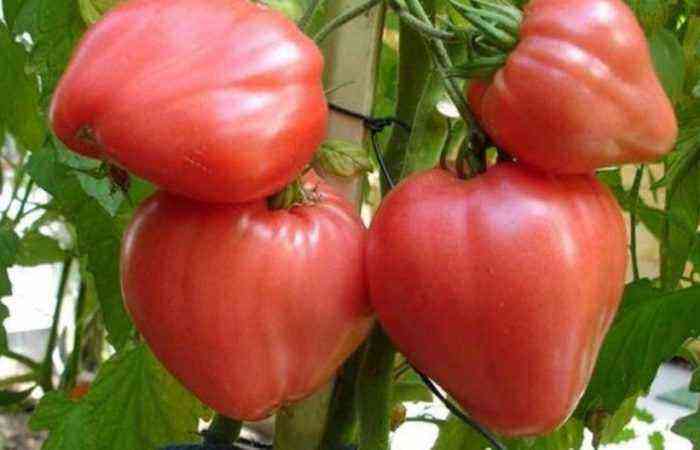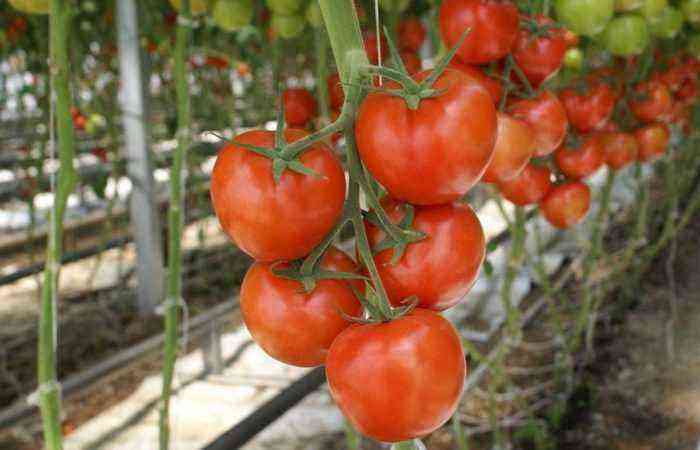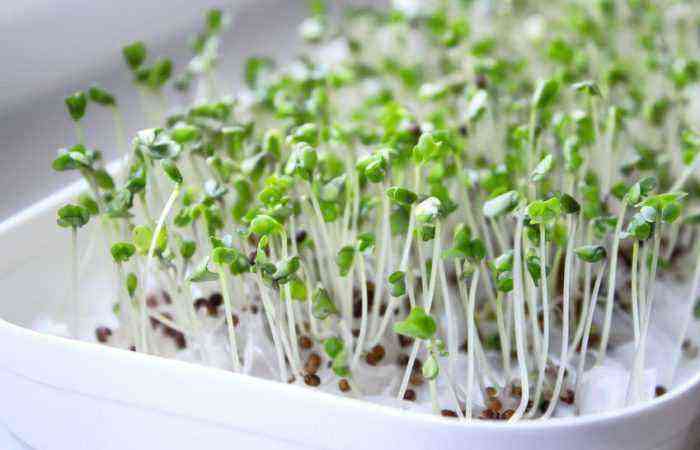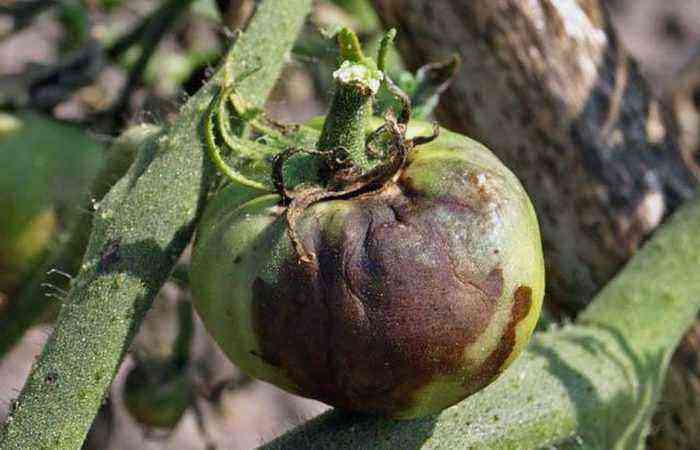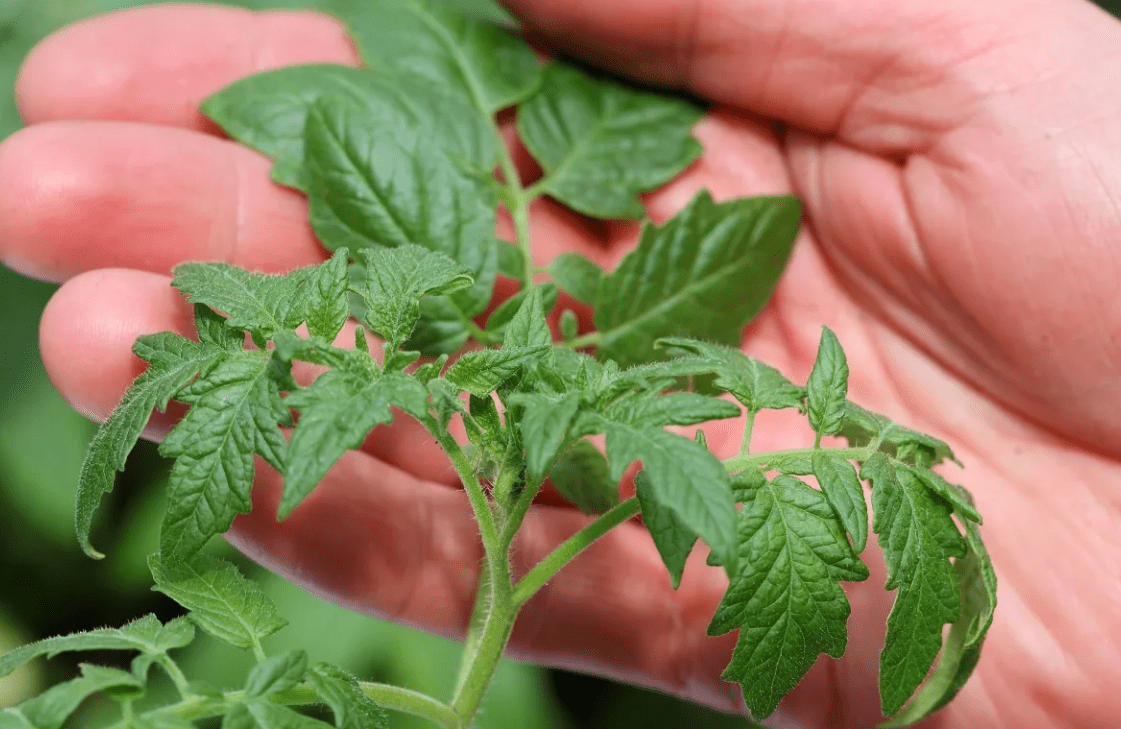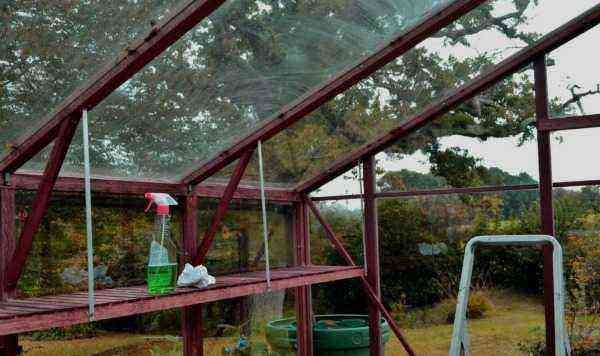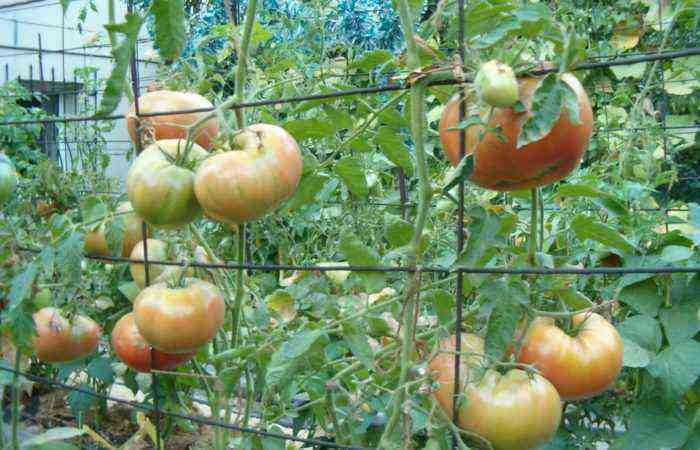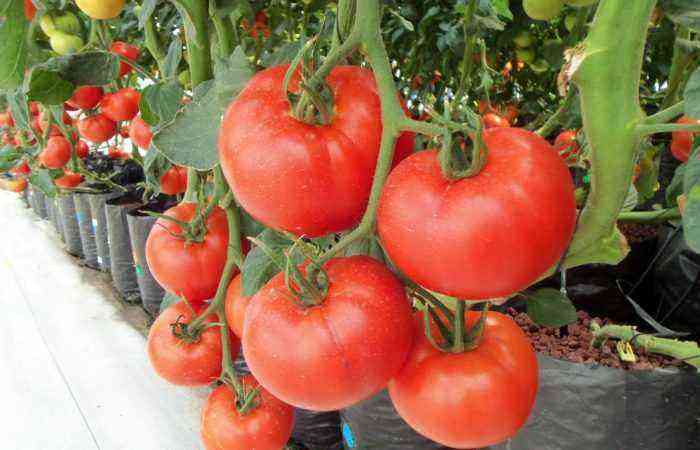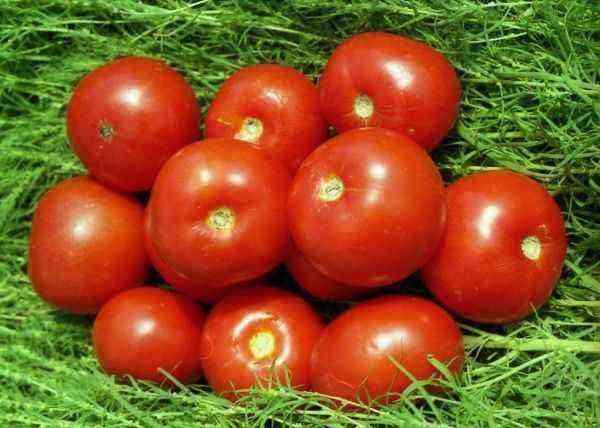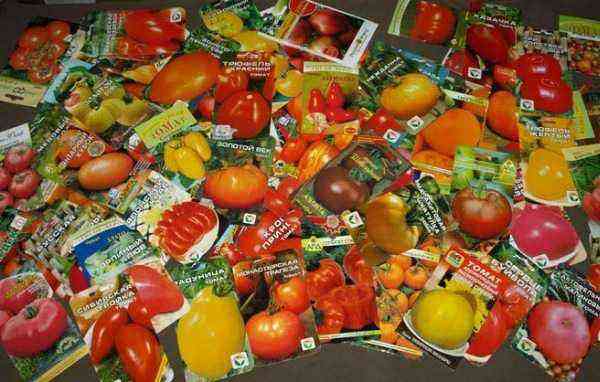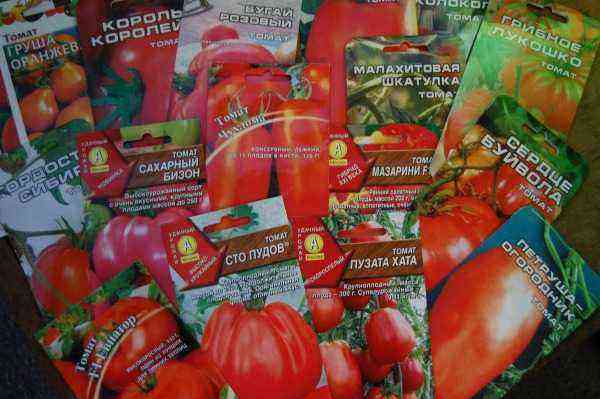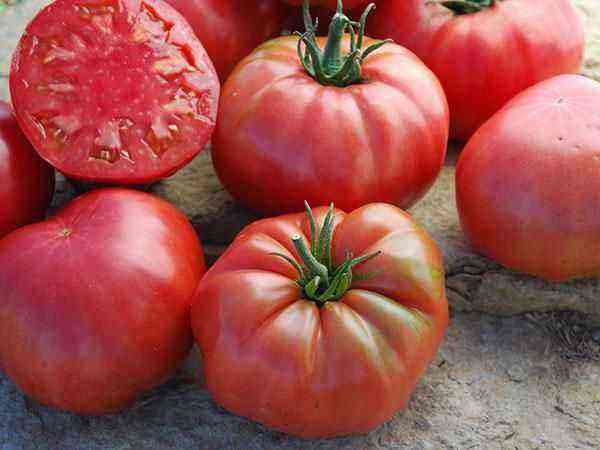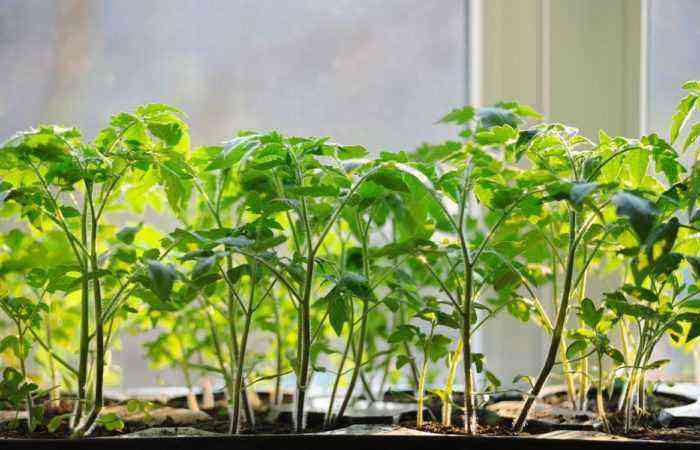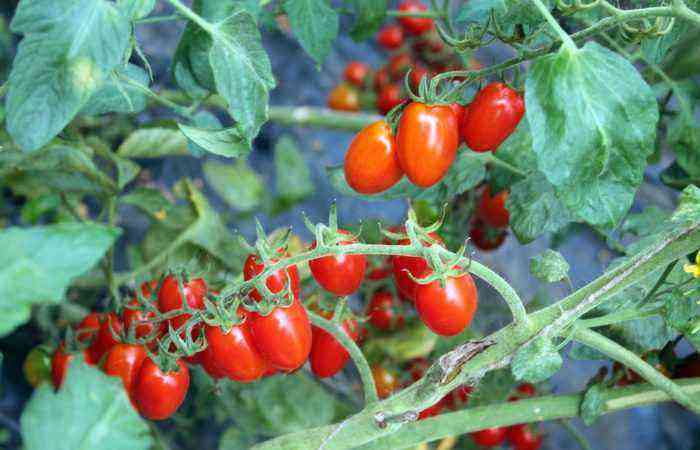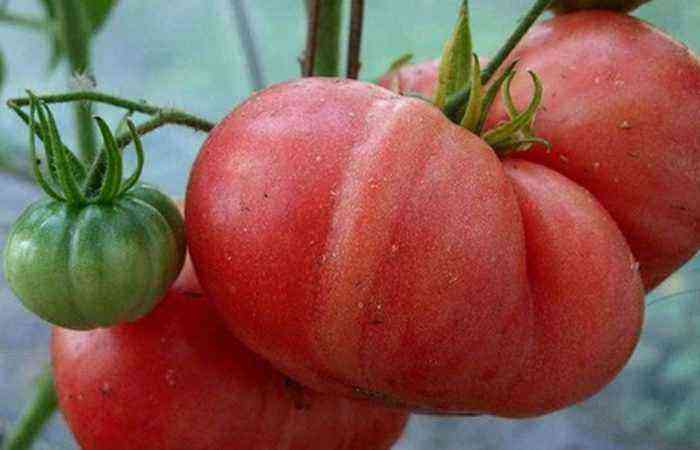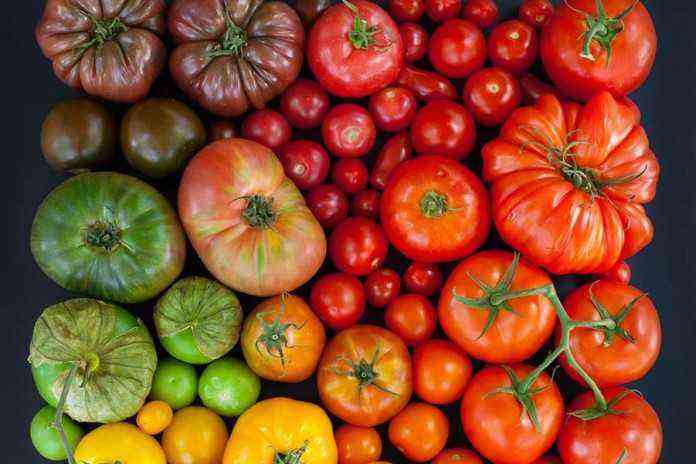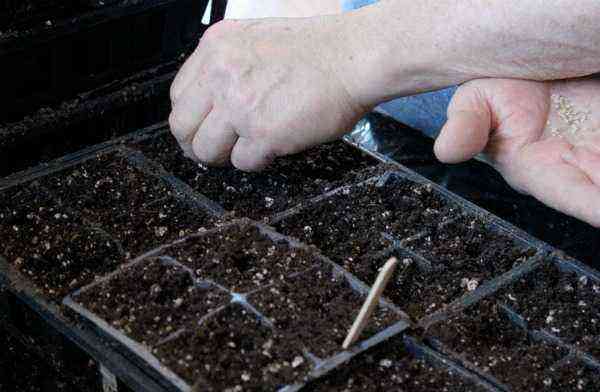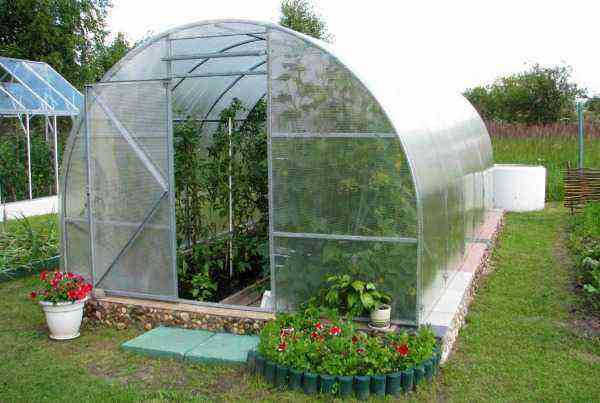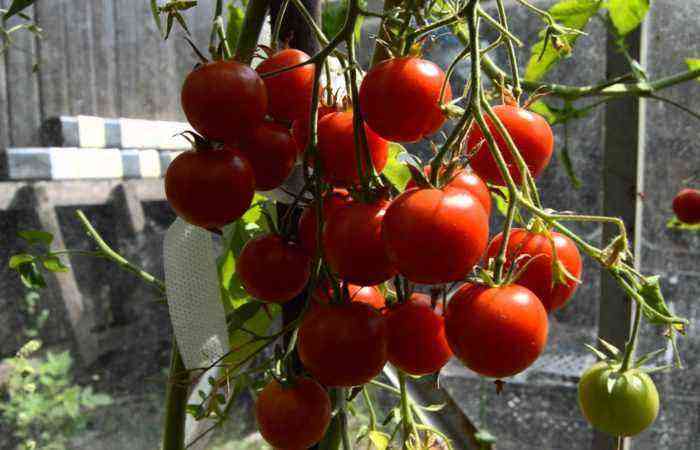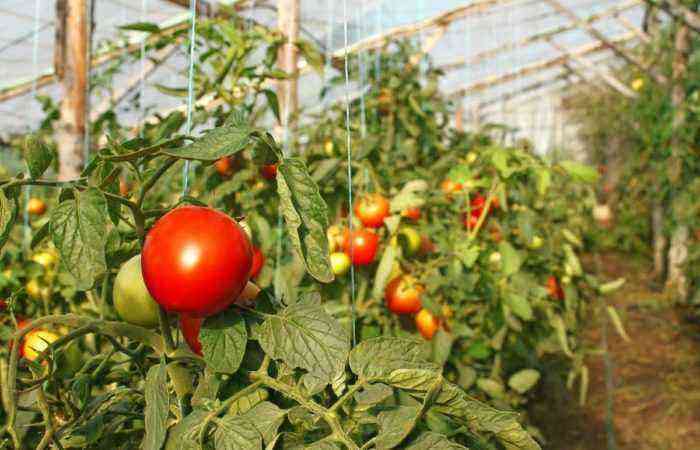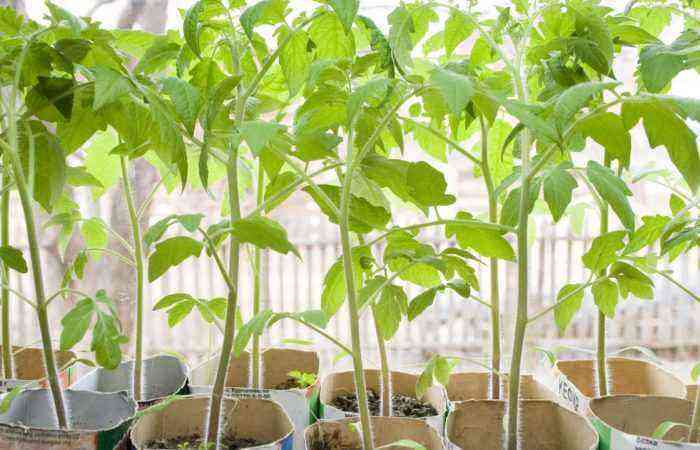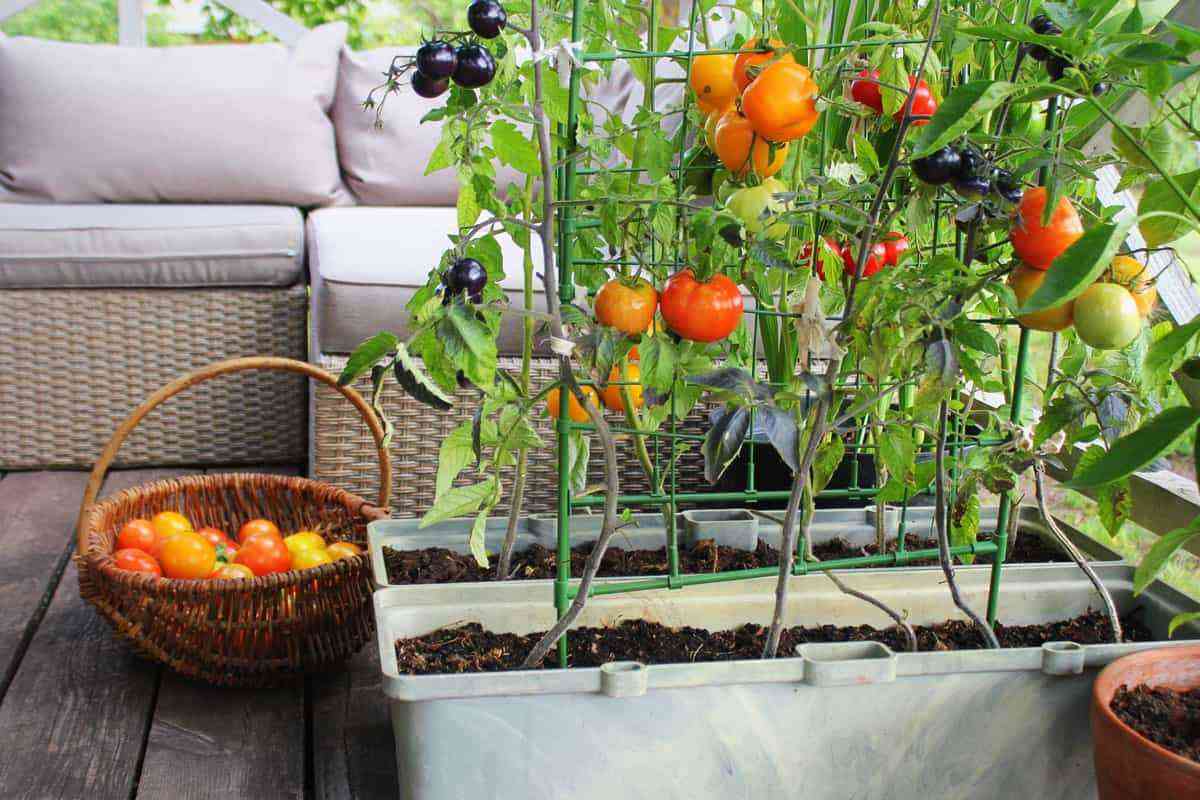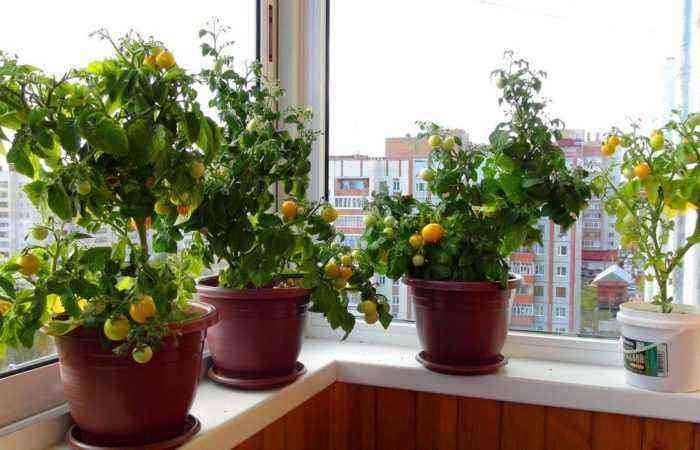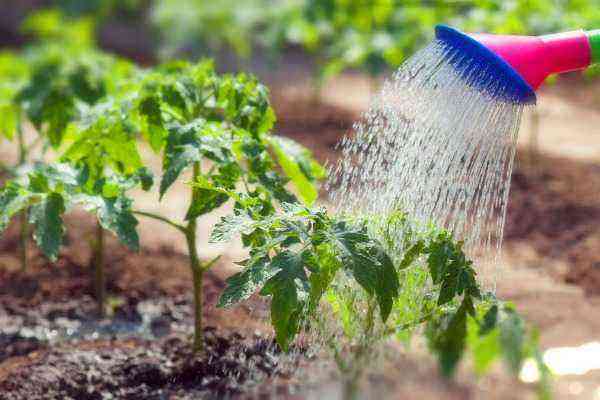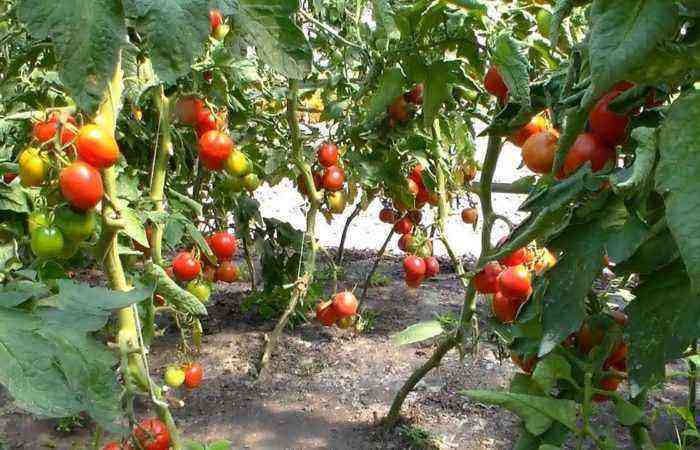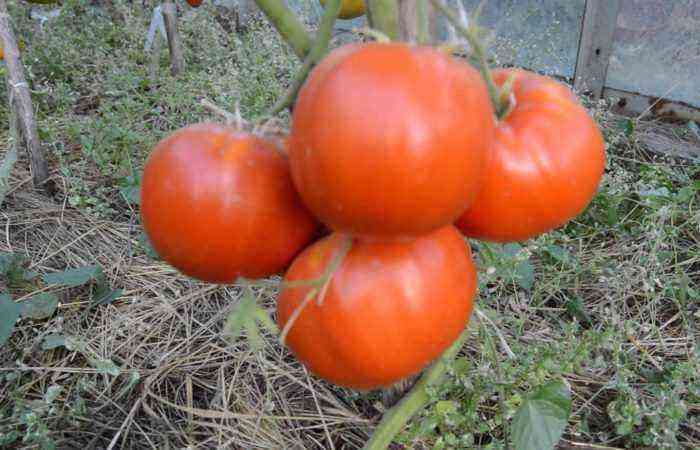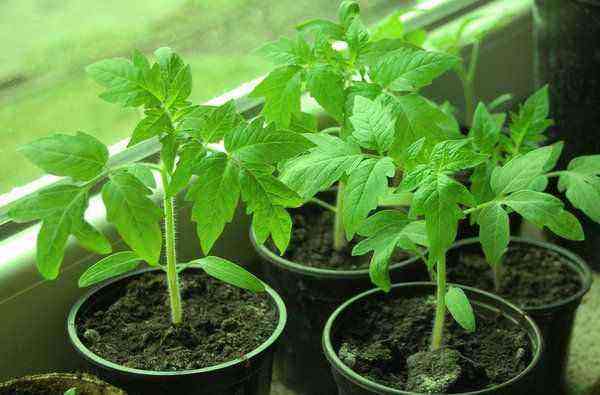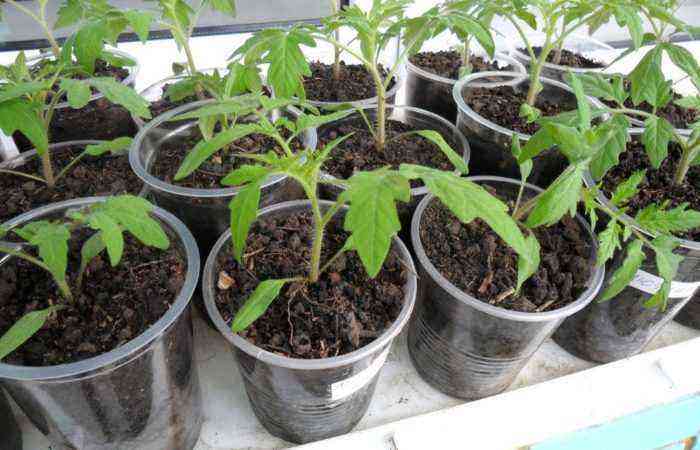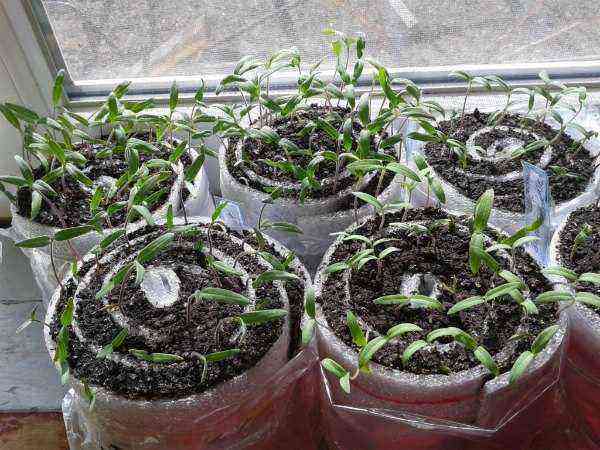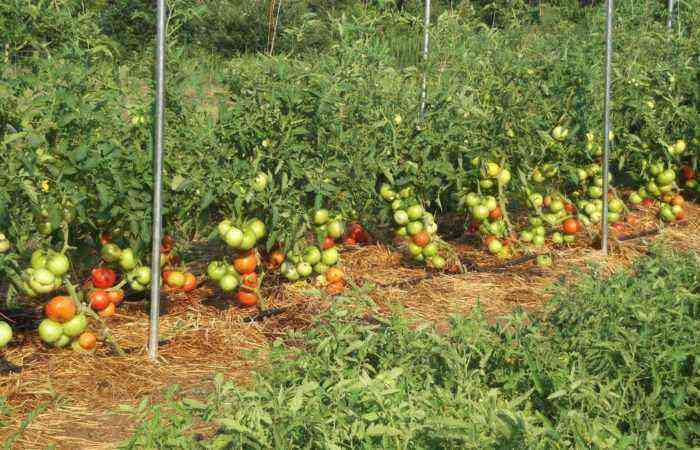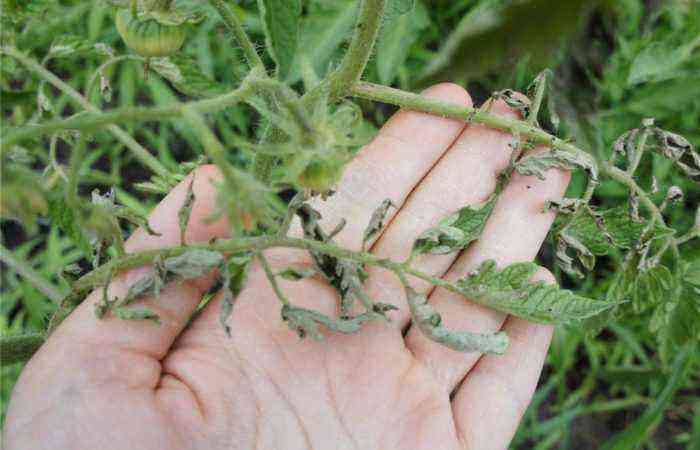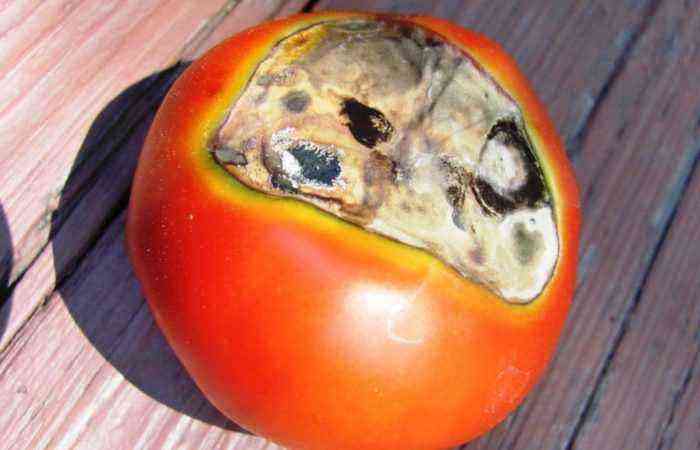You always want to stretch the period of eating vegetables right from the garden. And every gardener can do it. You just need to have in the garden, and preferably in the greenhouse, late varieties of tomatoes. They have similar characteristics with earlier tomatoes, do not require special conditions for growing, but they will thank for the care and long wait with a plentiful harvest of late vegetables. A little knowledge and practical experience, and these varieties will forever take their place in your garden.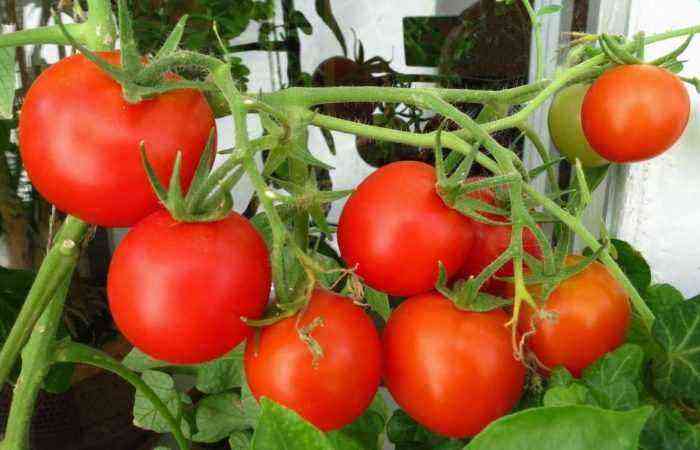
Distinctive features of late-ripening tomato varieties
The late-ripening group includes varieties whose fruiting begins 120-140 days after sowing the seeds. Depending on the region and growing conditions, the first fruits ripen by the end of July – beginning of August.
The ripening period falls on the time of the most favorable weather conditions (sunny weather, the absence of sudden temperature changes). Fruits accumulate more beneficial trace elements and sugars in the sun. The pulp of the fruit has a fleshy, but tender and juicy texture. Autumn fruits also have a good taste.
Late varieties of tomatoes have a longer growing season, especially compared to early maturing varieties, and their growth is limited only by the onset of autumn, which allows you to get a high yield.
- In which lane is it better to plant.
Late-ripening varieties can be grown in different regions due to their winter hardiness. If in the southern regions you can get a good harvest in open ground, then in the middle lane and northern regions it is better to cultivate them in greenhouses. Early autumn frosts can begin at the very peak of the harvest and plants in the open field will die.
Late-ripening tomato varieties are mainly distinguished by the universal purpose of the fruit. Large-fruited tomatoes are not suitable for canning as a whole, but are good for other types of preservation. Fresh, they are used until winter, as they finish the growing season late and have a long shelf life.
Why plant late varieties of tomatoes?
Late varieties of tomatoes have many positive characteristics:
- high yield;
- excellent taste;
- good keeping quality and transportability;
- temperature drop resistance.
Among the shortcomings, it can be noted: the late onset of fruiting and the difficulty in maintaining tall plants, which are mainly late tomato varieties.
Variety of varieties
Like varieties with other ripening periods, late-ripening tomatoes differ significantly in physiological characteristics: bush growth, size, quantity and taste of fruits, and requirements for growing conditions.
Indeterminate Tomatoes
Original bright yellow or pale orange rounded fruits weighing 120-130 g ripen in bunches of 7-9 pieces. The yield of tomatoes from a bush is 5-6 kg. Plants are tall and need a garter. Grown in greenhouses and in open ground in one or two stems. Fruiting begins 130 days after planting and continues until autumn. Well kept for a long time. Resistant to major diseases.
Undemanding, resistant variety with a very powerful vegetative system, fully consistent with its name. The main stem, under favorable conditions, can reach 4m. Good cold resistance allows the plant to bear fruit until late autumn. The fruits are not large (70-120 g), but there are a lot of them, the brushes are full. Tomatoes are plum-shaped, dense, universal purpose.
In terms of ripening, it is closer to mid-season varieties. Under favorable conditions, the fruits ripen in 115-120 days. The plant is tall, up to 2 m or more. Form it more often in one stem. The leaves are large, but their number is moderate. The stem is powerful, it requires a garter under each fruit brush, as the weight of the tomatoes is impressive. 3-5 fruits ripen on one brush, the weight of each reaches 300 g.
More than 6 kg of large tomatoes with weak ribbing at the stem are harvested from one bush. They have a fleshy texture, thin skin, often used for fresh consumption.
Large fruits are not suitable for canning as a whole, but can be used for other types of processing.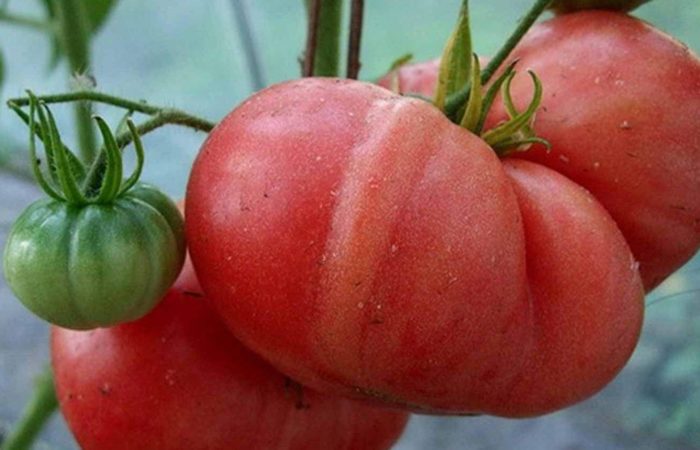
Determinantant tomatoes
The fruits ripen in 120-130 days. The optimal height for plants of the variety is up to 1m, the bush grows a good green mass, needs pinching and tying. One or two stems are left for fruit set. The variety is quite productive, but the fruits are not large – 130-140 g. The shape of the fruit resembles an elongated oval of bright red color, the consistency is dense, the skin is resistant to damage. Has a good trade dress and universal appointment.
A very good late variety for outdoor cultivation, resistant to adverse environmental conditions. The bushes are low (maximum 60 cm), compact, easy to care for. One-dimensional, round, red fruits with dense sweetish pulp ripen in 120-130 days. Their weight is no more than 150 g, the skin is elastic, resistant to cracking. Use – universal, commercial quality – high.
For greenhouses
Tall powerful bush of indeterminate type, up to 2 m high. The fruits are very large (from 300 to 600g), fleshy, sweet, with a small number of seed chambers. The variety is resistant to diseases and, with a balanced diet, provides high yields. Its large fruits do not always have a good appearance, the skin of the stalk is rough and may crack. Fruits are not stored for a long time, however, this disadvantage is fully compensated by excellent taste.
A hybrid variety resistant to late blight and adverse growing conditions. Ripening begins in 110-120 days. The bush can reach a height of two meters, indeterminate type, with a large vegetative mass that requires pinching and tying. Provides a yield of at least 5 kg per bush.
An improved hybrid variety with resistance to the main tomato diseases (phytophthora, cdadosporiosis, tomato mosaic virus) inherent at the gene level. The ripening period is 120-130 days. The bush is powerful, about 1,5 m high. The variety is large-fruited. On one brush ripens up to 5-7 fruits weighing up to 300 g of excellent taste.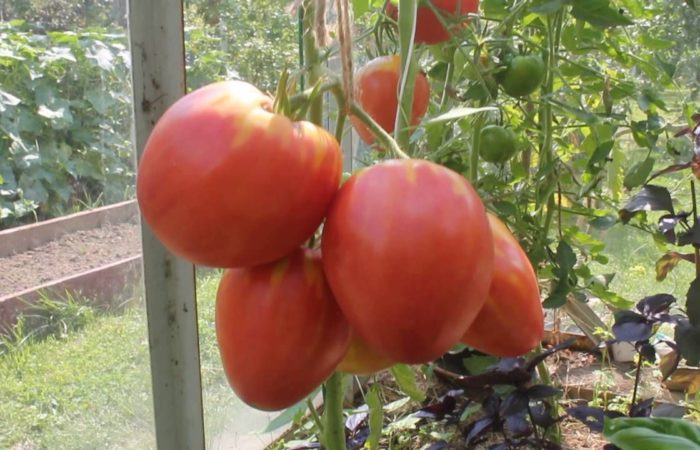
For open ground
The variety is very common and popular, due to its good yield and resistance to adverse conditions and many diseases. The stems of the plant can reach up to 4 m, the length must be adjusted by pinching, depending on the growing conditions. Different subspecies of the variety differ mainly in the color of the fruit. The fruits are not large (up to 70g), suitable for all types of processing, well stored and ripen when removed.
This is a medium-sized (1-1,5 m), hybrid variety, unpretentious and easy to care for. Provides a yield of up to 10 kg from 1 m2. The fruits are quite large (up to 200 g), red in color, with good taste, not dense, with a delicate texture and a sweetish taste. A variety of salad destination, the fruits are not stored for a long time, but are quite suitable for processing.
Determinate, unpretentious variety. Plant height is 50-60 cm, the bush is compact, practically does not require pinching. Differs in good productivity. The fruits are small (40-50g), elongated, have a dense texture, a minimum number of seed chambers, and a peel that is resistant to damage. Perfectly transported and stored for a long time.
Features of growing late-ripening tomatoes
Seed sowing
carried out 55-60 days before the proposed planting of seedlings in the ground. Depending on the region and growing conditions, this is the period from late February to late March, and sometimes early April. Sowing is carried out in boxes or containers filled with fertile, well-moistened soil, in rows with a distance of 1-1,5 cm to a depth of 1 cm. To preserve moisture, cover with a transparent film or glass.
Growing seedlings
Before germination provide a temperature of 22-25°C. During this period, it is better not to water the crops. After the emergence of seedlings, seedlings are grown at a temperature of 18-20°C, provided with timely watering and, during a short daylight hours, they are illuminated up to 15-16 hours a day.
Seedling dive
Spend when one or two true leaves appear. The size of the container in which the seedlings are planted should be at least 8 × 8 cm in size, and the soil should be nutritious.
Important! A prerequisite for growing healthy seedlings is hardening.
Landing in the ground
Seedlings are planted in open ground when the air temperature is at least 15 ° C and the soil is at least 10 ° C at a depth of 25 cm. – 35-50 cm. A distance of up to 50 cm is left between the ridges to provide convenient access to plants that require garters and pinching. Only low-growing, determinate varieties can be planted more densely.
Attention! Too dense plantings reduce the number of ovaries and fruit size and contribute to the development of diseases.
In spring greenhouses, seedlings are planted two to three weeks earlier than open ground. The disembarkation period depends on the region (from the beginning of April to the beginning of May). The planting pattern is chosen depending on the width of the greenhouse. For better ventilation and lighting, plants are planted in 1-2 rows on a ridge with a distance between bushes of 40-50 cm, between rows – up to 60 cm and aisles – 70-80 cm. Checkerboard planting is also used. Tall plants formed into one stem can be tied up in a V-shape.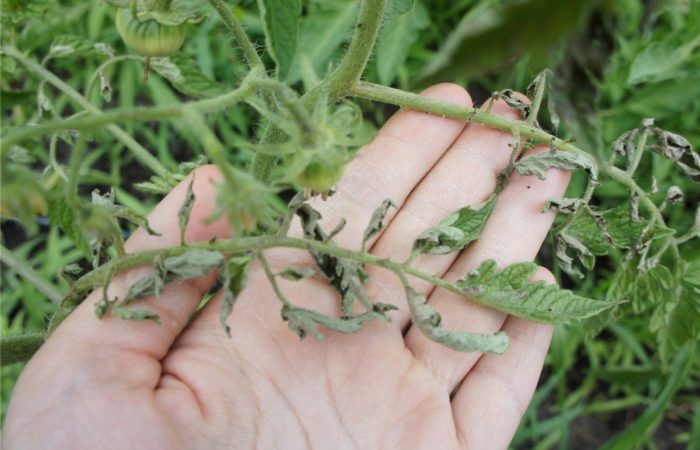
Disease Prevention
In order to prevent the development of diseases, preventive measures begin to be carried out even before sowing seeds and continue during the growing season:
- seed disinfection.
- Preplant soil treatment with foundationazole or potassium permanganate (1-1,5%).
- Maintain optimal humidity and moderate watering with warm water under the root.
- Carry out pinching in dry weather, to prevent damage to the stem.
- Spraying with copper-containing preparations: “Polycarbacin”, “Copper vitriol”, “Fitosporin”, etc. in accordance with the manufacturer’s recommendations.
- Cleaning of weeds, damaged leaves and fruits.
Growing late varieties of tomatoes will not require additional labor and time compared to other varieties, but will significantly lengthen the period for fresh products to arrive at the table.
